Dwight Nwaigwe
Graph-based methods coupled with specific distributional distances for adversarial attack detection
May 31, 2023Abstract:Artificial neural networks are prone to being fooled by carefully perturbed inputs which cause an egregious misclassification. These \textit{adversarial} attacks have been the focus of extensive research. Likewise, there has been an abundance of research in ways to detect and defend against them. We introduce a novel approach of detection and interpretation of adversarial attacks from a graph perspective. For an image, benign or adversarial, we study how a neural network's architecture can induce an associated graph. We study this graph and introduce specific measures used to predict and interpret adversarial attacks. We show that graphs-based approaches help to investigate the inner workings of adversarial attacks.
Convergence Rates for Multi-classs Logistic Regression Near Minimum
Jan 10, 2021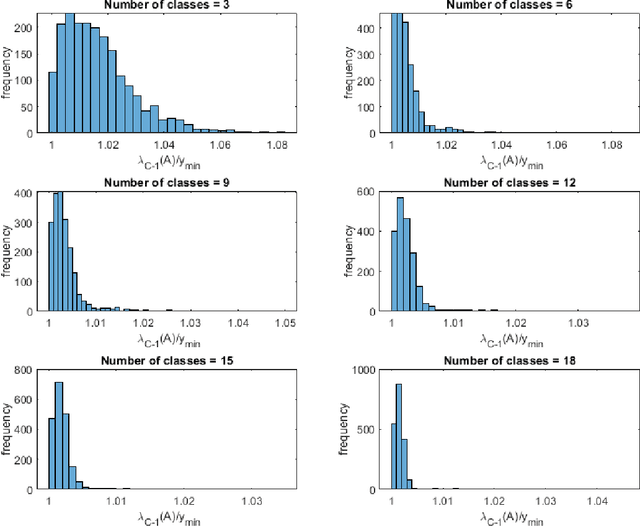
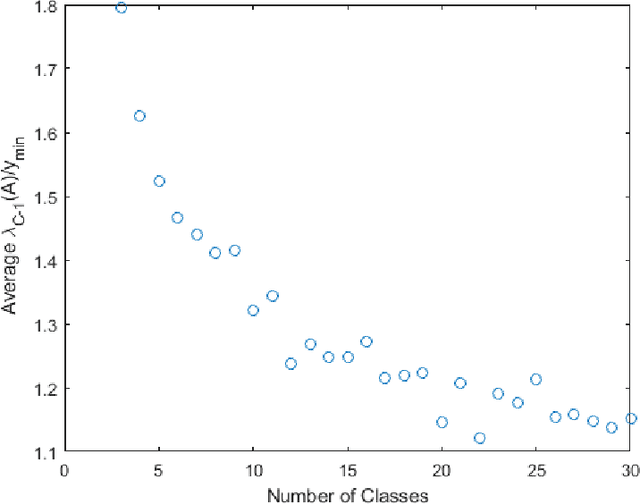
Abstract:Training a neural network is typically done via variations of gradient descent. If a minimum of the loss function exists and gradient descent is used as the training method, we provide an expression that relates learning rate to the rate of convergence to the minimum. We also discuss existence of a minimum.
Development of a New Image-to-text Conversion System for Pashto, Farsi and Traditional Chinese
May 08, 2020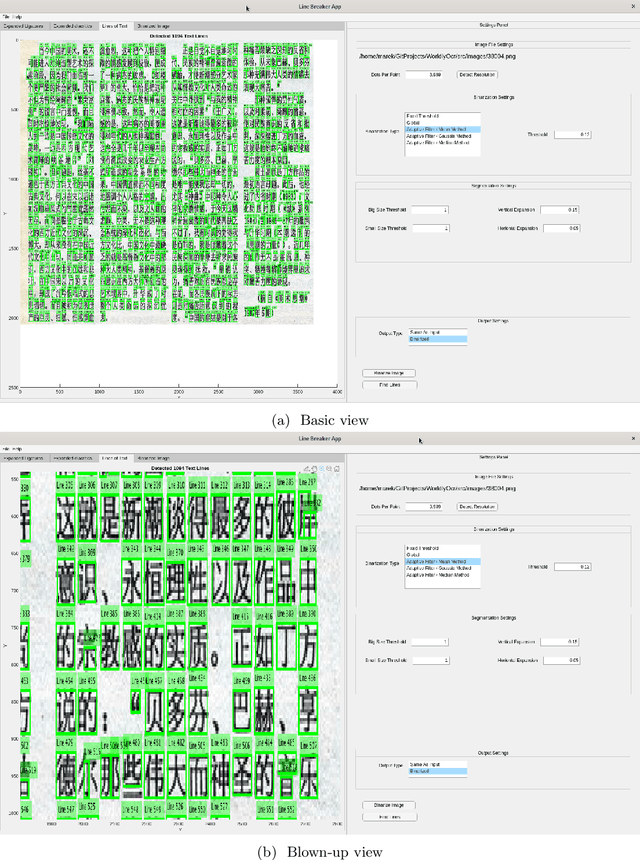
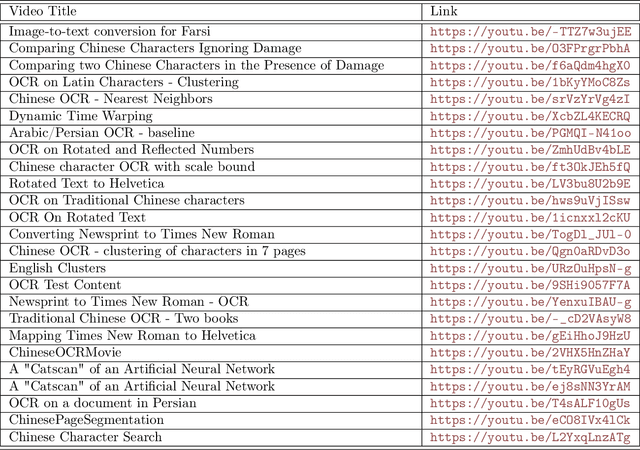
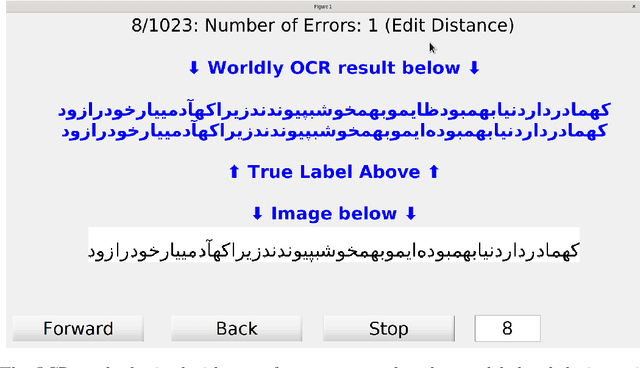
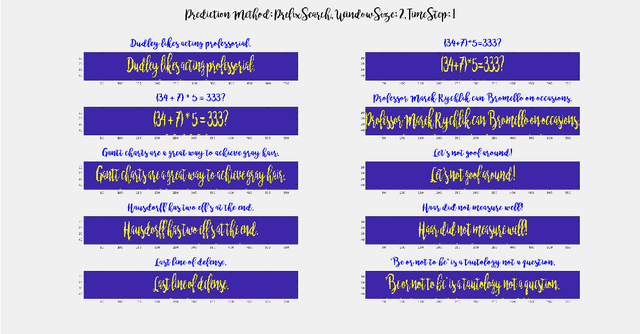
Abstract:We report upon the results of a research and prototype building project \emph{Worldly~OCR} dedicated to developing new, more accurate image-to-text conversion software for several languages and writing systems. These include the cursive scripts Farsi and Pashto, and Latin cursive scripts. We also describe approaches geared towards Traditional Chinese, which is non-cursive, but features an extremely large character set of 65,000 characters. Our methodology is based on Machine Learning, especially Deep Learning, and Data Science, and is directed towards vast quantities of original documents, exceeding a billion pages. The target audience of this paper is a general audience with interest in Digital Humanities or in retrieval of accurate full-text and metadata from digital images.
 Add to Chrome
Add to Chrome Add to Firefox
Add to Firefox Add to Edge
Add to Edge